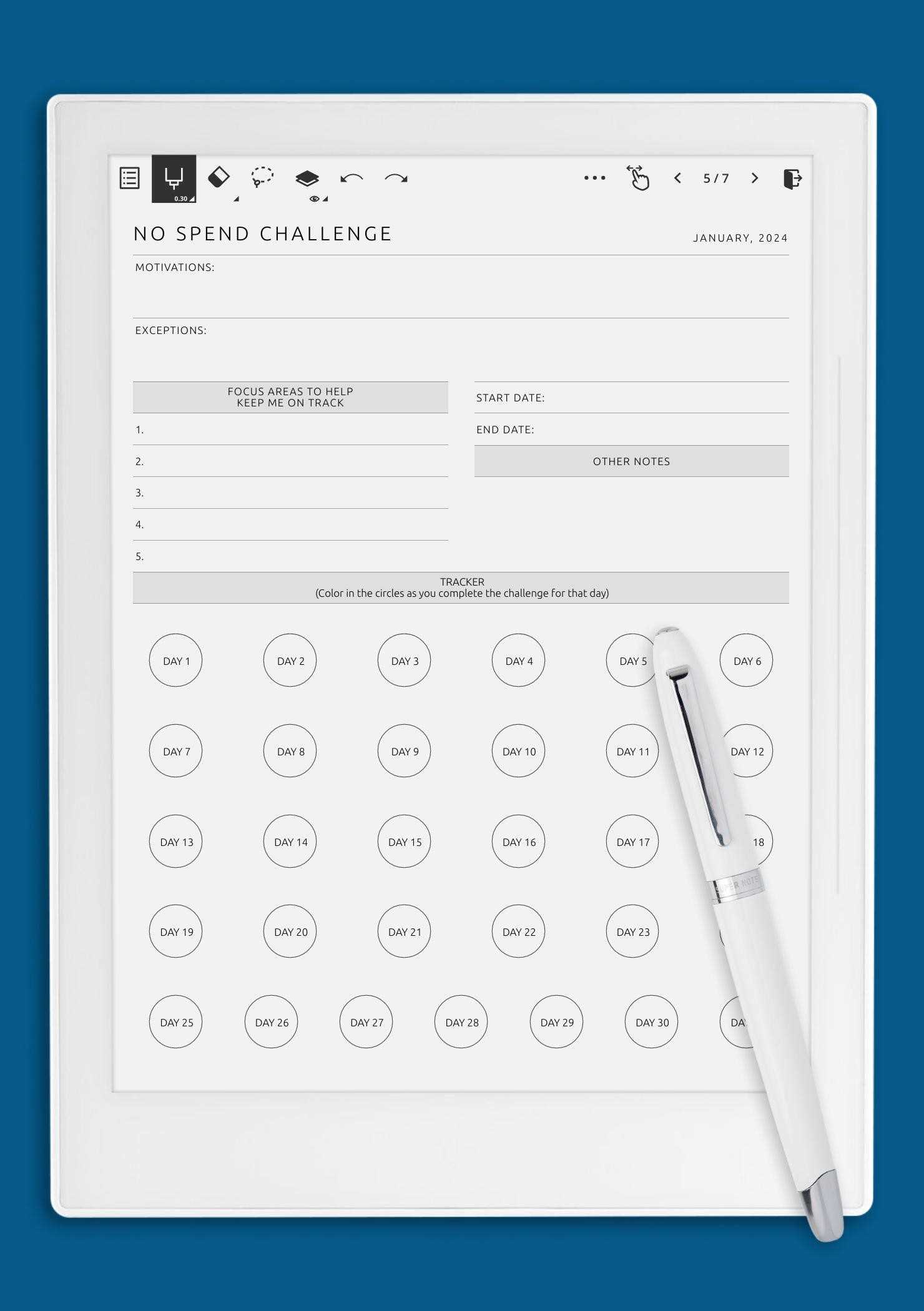
In today’s fast-paced world, managing personal finances can often feel overwhelming. The challenge of balancing everyday expenses with long-term goals requires effective organization and a disciplined approach. By strategically limiting unnecessary purchases, you can significantly improve your financial health without sacrificing enjoyment or quality of life.
Practical solutions such as structured budgeting or spending restrictions can guide you towards more mindful decision-making. These tools help in cutting down on impulse buys, fostering a sense of financial clarity, and achieving desired goals more effectively. The ability to track spending and limit distractions can help you build stronger financial habits over time.
One such solution involves creating a plan that encourages intentional choices while offering flexibility and structure. This allows individuals to gain greater control over their finances and avoid common pitfalls. It’s not just about saving money but about rethinking priorities to ensure long-term sustainability.
What is a No Spend Calendar?
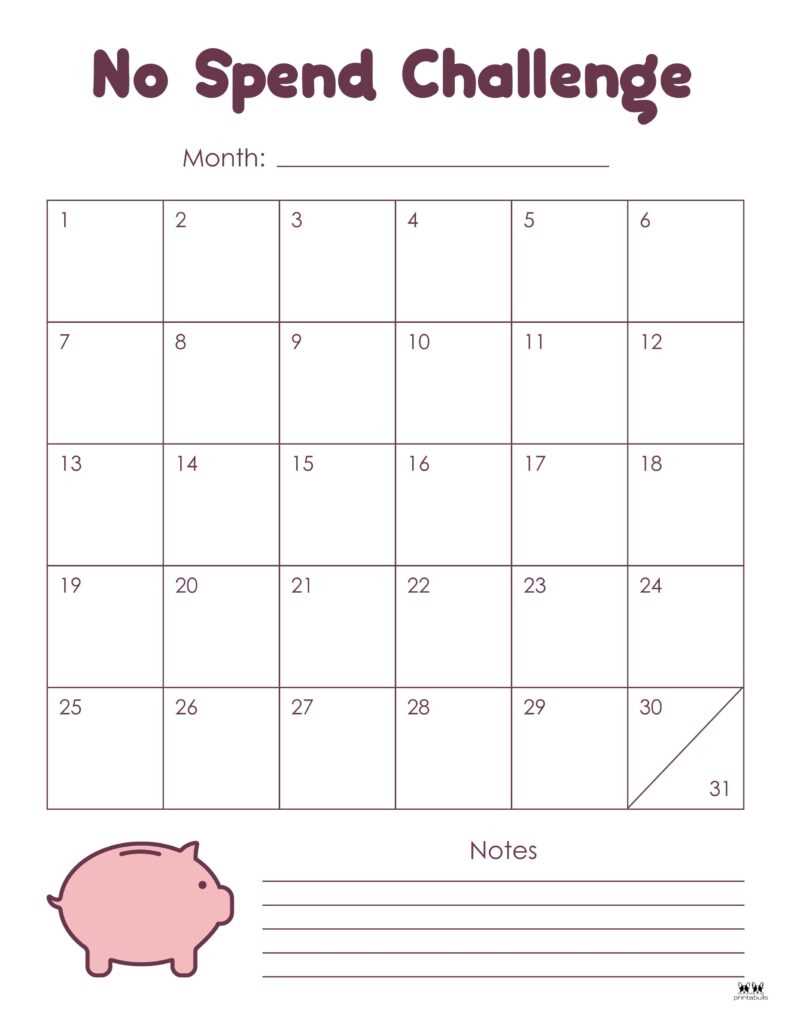
Imagine setting a goal to reduce your daily purchases and focus on mindful spending. This method encourages you to identify and limit unnecessary costs for a specific period, helping you develop better financial habits. By committing to certain days or weeks with restrictions on non-essential expenditures, you can create a sense of discipline and awareness around your budget. It’s about finding balance and prioritizing what truly matters, whether it’s saving for a bigger goal or simply gaining more control over your finances.
The concept revolves around designating specific times when you will refrain from buying items that are not crucial. This system allows you to track your progress, reflect on your habits, and set achievable goals for your financial health. Over time, it can lead to improved decision-making and help you develop long-term strategies for more conscious money management.
Setting up this approach often involves creating a structured plan, where you decide in advance when and how you’ll cut back on discretionary purchases. It could be for an entire month, certain days of the week, or even just particular categories like dining out or entertainment. By making this practice part of your routine, you not only save money but also gain insights into your consumption patterns.
How to Create Your Own Template
Creating a personalized framework to track and manage your expenses is a powerful way to gain control over your finances. By designing a system tailored to your needs, you can easily identify areas to cut back, stay motivated to save, and avoid unnecessary purchases. The key is to build a structure that fits seamlessly into your routine while providing the flexibility to adjust as your financial goals evolve.
Step 1: Define Your Goals
Before you start, take a moment to reflect on what you want to achieve. Are you looking to save for a specific goal? Or perhaps you want to simply build awareness of where your money is going? Defining your purpose will help shape the design and functionality of your tool. For instance, if your goal is to curb impulse buys, you may want to focus on creating clear guidelines for when and how much you can spend each day or week.
Step 2: Choose a Layout
Once you’ve identified your objectives, consider the format that will best serve your needs. You could opt for a simple paper chart, a digital spreadsheet, or even a mobile app. The layout should be easy to follow and intuitive, allowing you to track your financial habits without feeling overwhelmed. Make sure the structure is flexible enough to adapt as you refine your approach over time.
Remember, the key to a successful system is consistency. Whether digital or paper, use a layout that encourages you to stay engaged with your financial progress each day or week.
Benefits of Using a No Spend Calendar
Adopting a structured approach to managing expenses can lead to significant improvements in both financial awareness and overall budgeting skills. By implementing a strategic plan that encourages mindful purchasing behavior, individuals can gain control over unnecessary costs and prioritize their needs more effectively. The practice encourages discipline, fosters long-term savings, and helps identify spending patterns that may otherwise go unnoticed.
Improved Financial Control
One of the primary advantages of this method is the enhanced ability to manage finances. It helps create a clearer picture of where money is allocated, enabling individuals to make more informed decisions and avoid impulsive purchases. Tracking expenditures with precision allows for better oversight and ultimately greater financial stability.
Encourages Mindful Decision-Making
By limiting the number of purchases over a specific period, it forces people to think more carefully before buying non-essential items. This mindfulness cultivates a sense of intentionality, leading to more thoughtful decisions about what truly adds value to life.
Promotes Long-Term Savings
Cutting back on superfluous purchases can directly contribute to building savings over time. With fewer distractions and temptations, individuals are more likely to redirect funds towards more significant goals, such as building an emergency fund or saving for future investments.
Identifies Hidden Spending Patterns
Through consistent tracking, it becomes easier to spot habitual spending that may have otherwise gone unnoticed. Recognizing these patterns is key to eliminating wasteful habits and reallocating those funds toward more productive or meaningful purposes.
Reduces Financial Stress
When financial control is strengthened, the sense of stress and anxiety often associated with money management decreases. A deliberate focus on mindful financial habits fosters confidence, reduces worries about overspending, and provides a sense of accomplishment and peace of mind.
Saving Money with Daily Challenges

Setting small, achievable goals each day can create a powerful momentum toward building savings over time. By engaging in simple, yet effective tasks each day, individuals can gradually reduce unnecessary expenses and redirect funds to more meaningful uses. These daily actions not only encourage mindful decision-making but also help develop long-term financial habits that align with one’s goals.
Daily Challenges provide a structured way to be more conscious of your finances. They often focus on specific, everyday decisions that, when repeated consistently, result in significant savings. The key is consistency–little changes, when practiced over time, can add up to a large impact on your budget.
For example, one could commit to cutting back on certain purchases, or perhaps choose alternatives that are less costly. Tracking these decisions each day helps individuals stay motivated and mindful of their spending behaviors. As a result, what initially may seem like small sacrifices quickly compound into meaningful savings.
Tracking Expenses Effectively with a Template
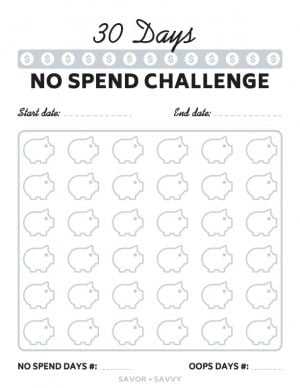
Managing your finances becomes significantly easier when you have a clear and organized system to monitor every transaction. By establishing a consistent method for logging and reviewing your expenditures, you can gain better control over your budget and identify areas for improvement. This approach allows you to track where your money goes, helping you make informed decisions to save more and reduce unnecessary costs.
One of the most efficient ways to organize your financial data is by using a structured format that simplifies recording your purchases. With such a system in place, you can:
- Monitor daily purchases and their amounts
- Track trends in spending over weeks and months
- Pinpoint areas where adjustments can be made
- Set limits and achieve financial goals
By focusing on the categories of your expenses, you can gain a clearer picture of your habits. Common categories may include:
- Groceries
- Transportation
- Entertainment
- Utilities
- Miscellaneous
Having such categories ensures that you can easily compare amounts spent on each, prioritize needs over wants, and spot any patterns that might need attention. Whether you’re tracking monthly costs or aiming for a long-term savings plan, keeping a detailed record is essential for financial success.
How to Set Realistic Spending Goals
Setting achievable financial objectives is crucial for managing personal funds effectively. By creating practical targets, individuals can gain better control over their finances while still allowing room for flexibility. The key to success lies in understanding your income, expenses, and the lifestyle you want to maintain, ensuring that goals align with your current financial situation and future aspirations.
Understand Your Financial Situation
Before determining any financial targets, it’s important to assess your income and expenses. Track where your money is going and identify areas where you can adjust. This insight will provide clarity on how much you can allocate toward your goals, whether it’s saving for a major purchase, paying off debt, or building an emergency fund. Avoid setting goals that are too ambitious, as they may lead to frustration and discouragement.
Break Down Your Objectives into Manageable Steps
Once you’ve identified your priorities, break them down into smaller, more attainable steps. This method will make larger goals feel less overwhelming and provide a clearer path toward achieving them. For example, if your aim is to save a specific amount over a few months, determine how much you need to set aside each week or month to reach your target. Small, consistent efforts tend to lead to greater success than trying to make drastic changes all at once.
Remember to be flexible and adjust your goals as necessary. Life is unpredictable, and unexpected circumstances may arise. The ability to adapt ensures that you stay on track without feeling discouraged by minor setbacks.
Common Mistakes to Avoid When Tracking
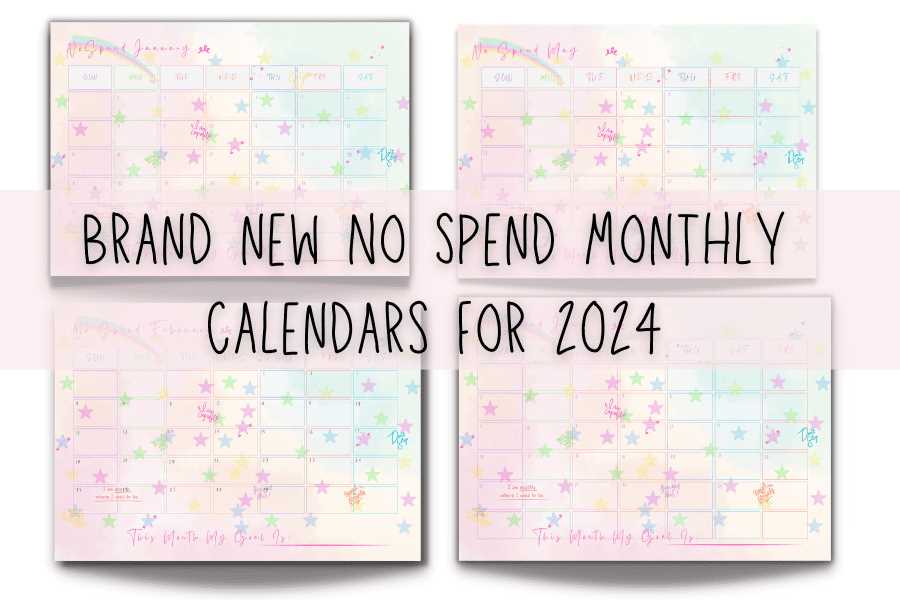
When managing finances or keeping a record of your expenditures, it’s easy to fall into certain pitfalls. These errors can affect the accuracy of your records and hinder your ability to stick to your goals. Understanding what to avoid will help you stay on track and make better financial decisions.
Here are some common mistakes people make when monitoring their financial habits:
| Mistake | Why It Matters | How to Avoid |
|---|---|---|
| Overlooking Small Purchases | Small, everyday expenses can quickly add up, leading to a distorted picture of your financial situation. | Record every transaction, no matter how insignificant it seems at first. |
| Inconsistent Entries | Missing entries or inconsistent tracking can result in incomplete data, making it harder to spot patterns and adjust your habits. | Set a routine for updating your records regularly, such as daily or weekly. |
| Ignoring Non-Monetary Costs | Not all expenses are financial. Time, energy, and resources also count when evaluating the true cost of a decision. | Consider both financial and non-financial aspects of each purchase or decision. |
| Not Reviewing the Data | Simply tracking your spending isn’t enough. Without reviewing the data, you miss opportunities to adjust your habits. | Set aside time each week or month to analyze your records and make adjustments. |
| Being Too Rigid | Setting overly strict rules can lead to frustration and burnout, making it harder to maintain long-term habits. | Allow for some flexibility, and focus on gradual improvements rather than perfection. |
How a No Spend Calendar Reduces Impulse Purchases
When individuals limit their unplanned buying habits, they often experience greater control over their finances. This strategy involves consciously restricting unnecessary acquisitions for a set period, allowing for more mindful decision-making. By committing to refrain from spontaneous purchases, people can evaluate whether each item is truly essential or simply an emotional or momentary desire.
One of the key ways this approach helps curb impulsive buying is by creating a clear boundary for consumers. With set goals and guidelines, there’s less opportunity for mindless spending triggered by advertising, sales, or emotional urges. People are more likely to pause and consider their choices, reducing the impulse to purchase on a whim.
Over time, this practice reinforces better habits. By regularly reflecting on their buying patterns, individuals can uncover triggers for unplanned spending, such as boredom, stress, or social pressure. As a result, they can develop healthier coping mechanisms and a stronger sense of financial discipline.
Moreover, when the temptation to indulge is temporarily removed, it becomes easier to break the cycle of instant gratification. This method encourages thoughtful reflection and prioritization, allowing individuals to focus on what truly adds value to their lives rather than giving in to fleeting desires.
Adapting Your Template for Long-Term Use
To ensure lasting success with your financial organization plan, it’s essential to modify your approach to suit your evolving needs. As your priorities and circumstances change over time, it’s crucial to make adjustments that will keep you on track without overwhelming your efforts. The goal is to create a flexible structure that can adapt to different situations while maintaining its effectiveness in managing your budget in the long run.
Consider Flexibility and Personalization
Over time, you’ll likely discover new ways to track and manage your finances. Customizing your approach to reflect any lifestyle changes or shifting goals ensures the method stays relevant and continues to motivate you. Whether it’s adjusting categories, updating limits, or incorporating new features to address evolving needs, personalization is key to maintaining long-term engagement and success.
Review and Revise Regularly
Continuous assessment is vital to keep your system functional. Regularly reviewing your progress allows you to identify patterns or challenges that need attention. By revising the structure periodically, you can address any weaknesses and refine your plan to ensure it remains effective and easy to follow for the years ahead.
Why a Template Helps with Financial Discipline
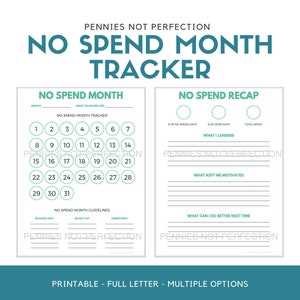
Maintaining control over finances can be challenging, especially when it’s easy to overlook small, repeated expenses that accumulate over time. A well-organized structure for tracking and planning expenditures allows individuals to make more mindful decisions, ensuring that unnecessary purchases are minimized. When there’s a clear system in place, it becomes easier to stick to set limits and avoid impulsive actions that can derail financial goals.
Having a clear framework enables people to see their financial habits more clearly. Instead of reacting to spending as it happens, a structured approach offers a proactive way to make intentional choices. By setting boundaries ahead of time, individuals can prevent overspending, allocate funds to savings or essential purchases, and ultimately cultivate stronger fiscal responsibility.
Without constant monitoring, it’s easy to lose track of where money is going. With an organized method, the tendency to make spontaneous, unplanned buys is reduced. This brings about a sense of control, helping to establish a routine that reinforces good money habits over the long term. A framework not only prevents financial missteps but also contributes to building a mindset of financial security and stability.
Incorporating Rewards into Your No Spend Challenge
One of the most effective ways to stay motivated during a financial restraint challenge is to introduce small incentives along the way. By rewarding yourself for sticking to your goals, you create positive reinforcement that can help you stay committed. This strategy not only makes the journey more enjoyable but also ensures you’re more likely to follow through and achieve long-term financial discipline.
When planning rewards, it’s important to choose meaningful yet affordable options. Consider treating yourself to something that adds value to your life without undermining your financial objectives. Whether it’s a relaxing day off, a small indulgence, or an experience rather than a purchase, the key is to make sure the reward is aligned with your overall goal of achieving better financial habits.
Make sure that the incentives are spaced out reasonably, so they feel like a well-deserved treat rather than an everyday occurrence. Setting milestones or specific achievements can help determine when it’s appropriate to reward yourself, ensuring that each incentive reinforces your discipline and progress. This balance between restraint and reward can make your journey toward financial wellness more fulfilling and sustainable.
How to Motivate Yourself During the Challenge
Staying motivated during a financial restraint period can be tough, but it is essential to maintain focus and consistency. The key lies in setting clear intentions, tracking progress, and celebrating small victories along the way. Without proper motivation, it can be easy to lose sight of your goals and revert to old habits. However, by creating a strong mental framework, you can push through moments of temptation and keep moving forward with determination.
Set Clear, Achievable Goals
Having specific, measurable goals makes the journey easier to navigate. Break down your overall goal into smaller milestones. For example, aim to save a particular amount each week or commit to reducing unnecessary purchases by a certain percentage. This sense of progress will not only give you direction but also reinforce your commitment to the challenge.
Track Your Progress Regularly
Tracking your efforts is an effective way to stay engaged and aware of how much you’ve achieved. Keep a journal or use an app to monitor your progress. Seeing your improvements over time will help you stay positive and motivated to continue the process.
Reward Yourself for Milestones
Reaching milestones is a cause for celebration. Treat yourself when you achieve your goals, but do so in a way that doesn’t undermine the challenge. A small reward–such as a relaxing day off or a special meal–can give you the extra boost you need to stay committed without straying from your path.
Visualize Your Success
Visualization is a powerful tool in maintaining motivation. Take a few moments each day to imagine the satisfaction of achieving your goal. Picture the benefits that will come from making these sacrifices–whether it’s the freedom of financial security, peace of mind, or the pride of successfully managing your finances.
Stay Accountable
Having someone to share your journey with can significantly boost your motivation. Whether it’s a friend, family member, or online community, regular check-ins can help keep you on track and provide encouragement when you face challenges. Being accountable to others increases your commitment and makes the journey feel less isolating.
Free and Paid No Spend Calendar Templates
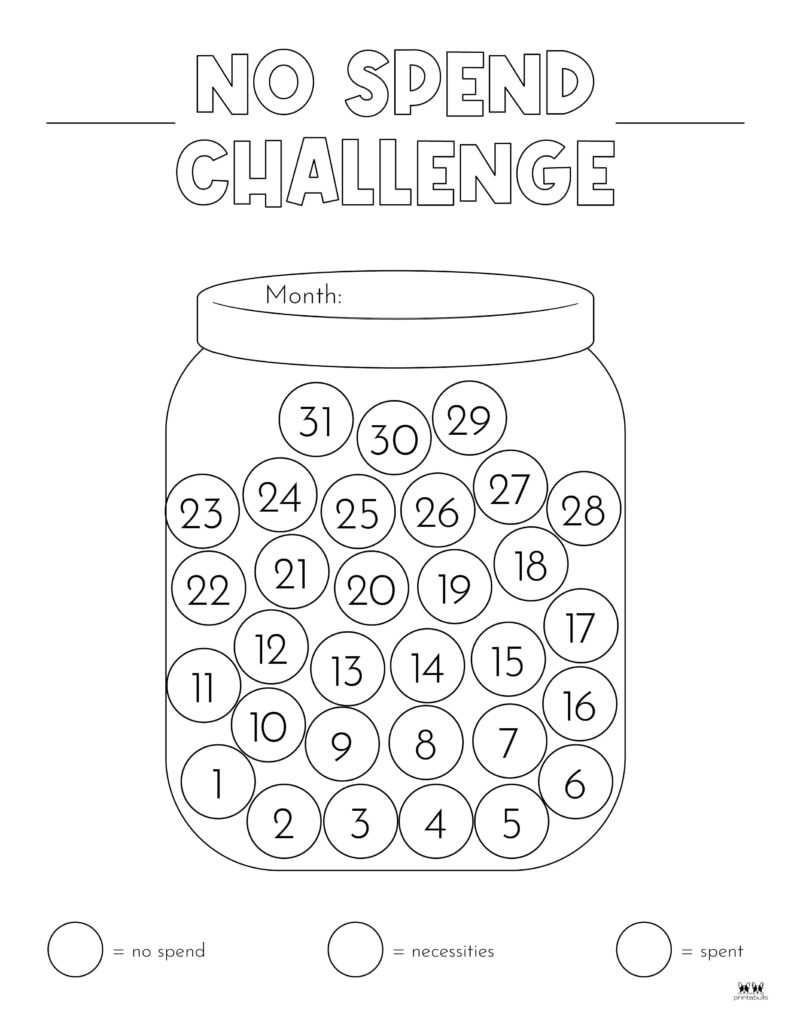
When aiming to cut back on unnecessary purchases, having a structured approach can significantly boost your success. There are various resources available that help individuals track their daily expenses and provide visual tools to monitor their progress. These resources can range from completely free to premium versions that offer more advanced features and customization options. Whether you’re just starting or seeking more specialized tools, there are options to suit different needs and preferences.
Free Options
For those on a budget or looking to get started with minimal investment, free resources are a great choice. They typically offer basic functionalities that help you establish a routine without the complexity of advanced features. Many free options are simple and straightforward, providing just enough structure to monitor and reduce unnecessary outflows over time.
Paid Alternatives
If you’re looking for more comprehensive tracking and additional features such as detailed reports, reminders, or enhanced customization, premium resources might be the way to go. These options often include features designed to provide a more personalized experience, helping you manage your financial habits with greater ease and precision.
| Feature | Free Resources | Paid Resources |
|---|---|---|
| Cost | Free | Varies (monthly/yearly) |
| Customization | Limited | Extensive |
| Tracking Tools | Basic | Advanced (detailed reports, analytics) |
| Ease of Use | Very user-friendly | User-friendly with more options |
| Additional Features | Minimal (perhaps reminders) | Comprehensive (reminders, goal setting, financial insights) |
Choosing the Right Template for Your Lifestyle
When deciding on a system to track your financial goals, it’s essential to find one that aligns with your daily habits and long-term objectives. The ideal solution will help you stay organized without overwhelming your schedule. By customizing the approach to suit your preferences, you can enhance both your discipline and your ability to meet key financial targets.
Consider Your Goals and Needs
- Do you need something flexible or more structured?
- Are you looking to track daily or weekly habits?
- What level of detail do you require for your tracking?
Align the System with Your Routine
- Does it complement your lifestyle? Think about work, family, and leisure.
- How much time are you willing to dedicate to planning?
- What level of accountability do you prefer – self-monitoring or external reminders?
Printable vs. Digital No Spend Calendars
When it comes to tracking financial goals, two main approaches emerge: physical and digital solutions. Each has its own set of advantages depending on personal preferences and lifestyle. One offers the tangible benefit of a physical record, while the other provides the convenience and flexibility of digital tools. Understanding the strengths and drawbacks of each method can help individuals decide which suits their needs best for managing spending habits effectively.
Printable solutions offer the satisfaction of a hands-on approach. The act of physically marking off each day creates a sense of accomplishment and can serve as a powerful visual reminder of financial objectives. They are easy to access without requiring technology and can be personalized to fit specific goals. However, they lack the adaptability and portability of their digital counterparts, which may limit their convenience for some users.
On the other hand, digital tools offer instant access and the ability to track progress on-the-go. With the integration of mobile apps and synchronization across devices, users can monitor their journey anytime and anywhere. Digital formats often come with added features like reminders and progress tracking that can further motivate individuals. However, they may require a certain level of technical proficiency, and some people might find the absence of a physical record less satisfying. Additionally, the reliance on electronic devices can sometimes be a distraction.